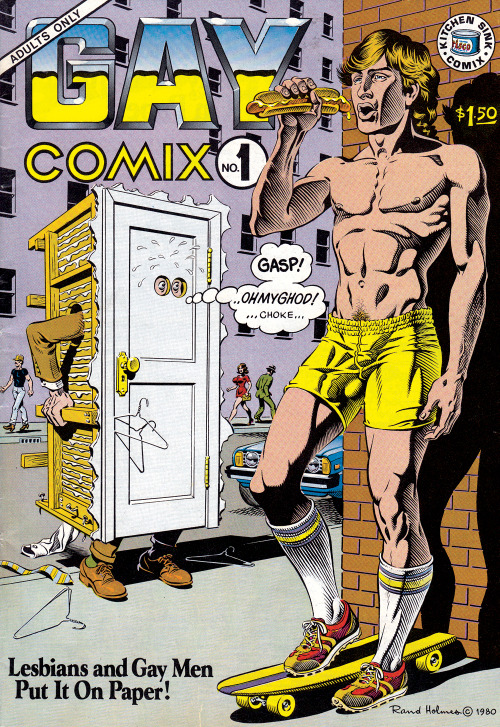What I found surprising about Osamu Tezuka’s “Buddha Vol. 1”
was how diverse the character designs are. I am not very well versed in either
manga or anime and one of the things that has always deterred me from delving
into that world was the fact that so many character look exactly the same.
A
lot of manga uses a very specific style of character with similar giant eyes,
small nose, and elaborate hair. To someone who isn’t familiar with the genre,
it can be difficult to tell the difference between a lot of the characters
because of the style. Determining a character's gender can also be a shot in the dark. So
I was happily surprised to open Buddha Vol. 1 to find that these characters
weren’t drawn in the stereotypical anime style at all. They have a huge variety
of face shapes, nose sizes, and even huge ranges of tone and style. Some
characters are more serious and realistically rendered with wrinkles and individual
strands of hair while others look like they are from an old Beetle Bailey
strip. This kept the comic much more visually interesting.
It was a bit strange that this is supposed to be a story about
Siddhartha and Buddha and Siddhartha isn’t even born until half way through
this volume. The Tatta character was a lot of fun. Him using his powers to
possess different animals was my favorite part of the comic. His character was
used to reinforce the importance of respecting all animals, and the fact that
life is sacred whether or not it’s human. I’m not sure how all of these
characters will connect into an over arching story but I’m sure there is plenty
more to read in the following volumes.
From this initial volume it’s clear that this is a story with lots of
dynamic anction, high drama, and even some romance.
I also read some Cinderella Boy which was much more in the
typical Shoujo style that I was expecting from Manga week. The story involves
what seems to be a common romance trope in Mangas with a girl, Riku, who has to dress
up like a boy to be a part of a famous boy band. The dialogue is all very
melodramatic with Riku constantly trying to figure out what fellow band mate Touya
thinks of her. This kind of story seems to be written for a young girl
demographic with all the romantic tension, sparkly backgrounds covered in roses,
and a plot line revolving around a group of beautiful entertainers. I would assume this story also appeals
to fans of Yaoi since Riku is supposed to pass as a boy and her and Touya can’t go a page without
plenty of sexual tension.


